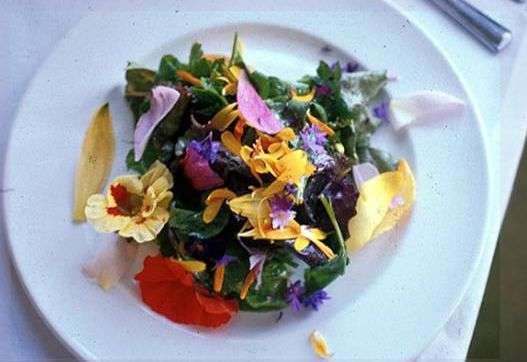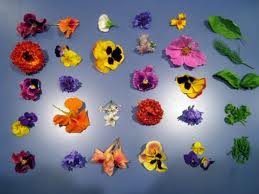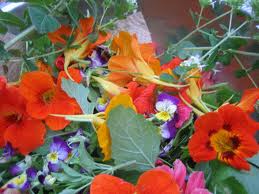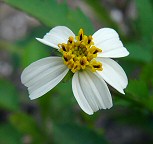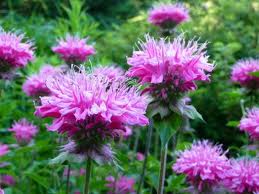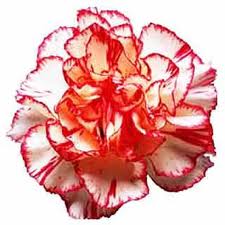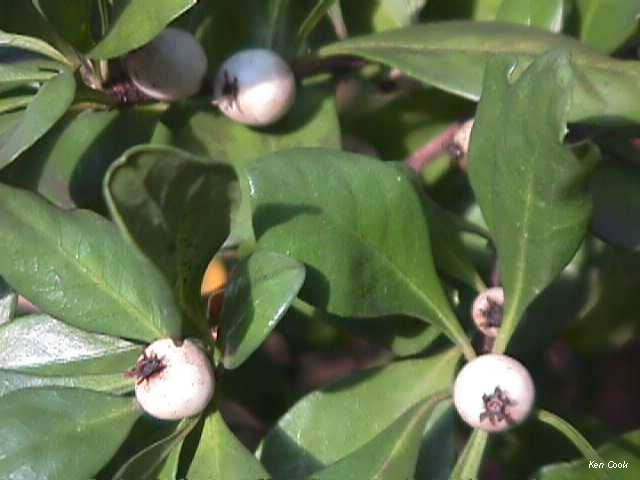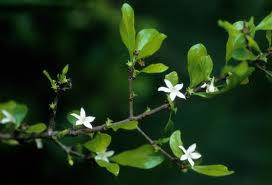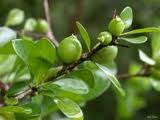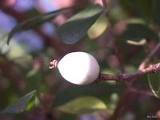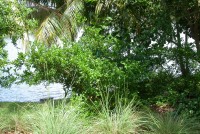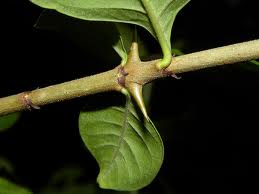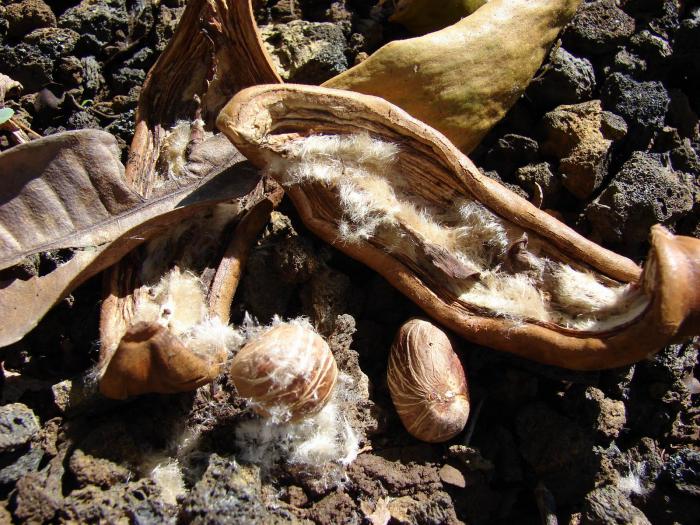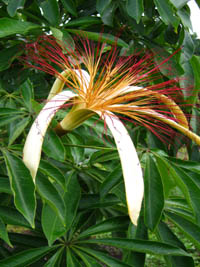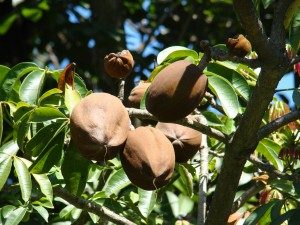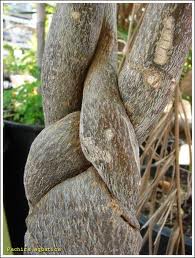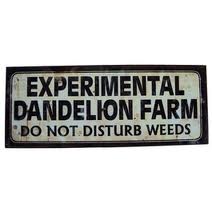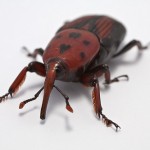Nasturtium, Calendula, Spanish Needles, Arugula, Squash, Cilanto, Bee Balm, Carnation, Dandelion, Lilac
Which blossom will be your favorite edible flower?
The question is not rhetorical. Which flowers come to grace your dinner table for food is a result of preference, taste, and opportunity. There are dozens of edible flowers, wild and cultivated. Which ones are right for you? In this 18-part series on Edible Flowers you will find over 170 to choose from. This series includes cultivated and wild flowers for food and tea. If you are interested only in edible wilds flowers or only edible cultivated flowers see those articles on site. They are a compilation of this series in just two articles.
If you are a forager, you might favor wild flowers as they come into season. If you’ve got a green thumb you can grow them in a garden. City dwellers may choose to raise some in balcony pots or use commercial varieties.
While preference, taste and opportunity are three general categories to keep in mind there’s other aspect: Message. Message? Yes, there is more to a blossom than edibility. A century ago, and in some places now, edible flowers also carry subtle suggestions, not only on the dinner plate but in arrangements, too. In the Victorian Era, flowers were specifically used to send messages under the moral radar.
Edible flowers have been on the menu for as long as man has been eating. In recent times they go in and out of vogue, on the restaurant plate for a few years then off for a few, at least as far as chefs are concerned. To those of us who like edible flowers the blossoms never go out of season.
As a general rule edible flowers are usually a delicate flavor. There are notable exceptions such as the peppery-piquant of a nasturtium blossom or almost any plant in the greater mustard family Also usually one eats just the petal parts of the blossom. Dandelion rays are sweet but the green base is bitter. That said there can be exceptions. The tart base of the Roselle blossom is used to make a lemonade-like drink and wild flower Spiderwort blossom is tossed in the salad whole. Where relevant preparation requirements have been included.
There is a word of caution. If you are a person who has allergies, try only a small amount of a blossom the first time, a very small amount, such as a quarter inch square of the blossom. While blossoms might be delicate they can still pack a chemical punch. I know form personal experience. Introduce them gradually into the diet if you are not sure. Also, some flowers have known effects, such as yellow violas are laxative in quantities.
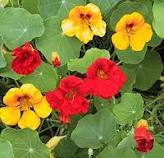
Since Nasturtiums were mentioned let’s start the series with them. A favorite nibble of my mother, the blossoms are peppery. The entire plant is edible, even the seeds can be pickled and used like capers. Nasturtium in Latin mean literally to “twist the nose” because of their pungency, and have been praised for their flavor for at least 2,000 years. Often Nasturtiums are used in kid projects because the seeds are large, they’re fast to germinate and grow, safe, and edible. Leaves and flowers are added to salads or as garnish. Leaves can be cooked but rarely are. See separate article on site.

Calendula has been called the poor man’s saffron. There are 12 to 20 species in the family, depending on who is counting. They are native from Micronesia to the Mediterranean area to Iran. Often lumped in and confused with marigolds — which can be used for coloring, too — the name Calendula comes from the Latin kalendae, meaning the first day of the month, and where we get the English word “calender.” It is believe they are called that because in warm regions they are always in bloom and always on the first day of every month. The Calendua’s flavor is similar to saffron, bitter to tangy.
Spanish Needles aka Begger’s Ticks, botanically Bidens Alba, has a piny flavor, resinous. There are several daisy-like Bidens around the world, white or yellow, few petals or many. Flowering year-round in warmer climates, the plant was recommended some 50 years ago to become a commercial crop. Because it grows in so many places for free that never happened. While Spanish Needles blossoms are salad fare, they hold their flavor while cooking and can be added to a variety of dishes. I have a chicken recipe in my article on Pines in which Spanish Needles flowers work well. Also see separate article on site about Spanish Needles and my video. See full article on site and a video.

Among the more peppery blossoms of the garden is Arugula, also called rocket and roquette. It’s a popular aromatic salad green grown for its leaves but also its seeds. Somehow the blossom gets overlooked… well, not in my kitchen. Arugula is one of those garden vegetables that is also very easy to grow in a patio pot and lasts for many months with repeated cuttings. Though a forager I have grown arugula in my gardens for many years. When the plant finally wants to go to seed you can prolong it by harvesting the flowers. Then enjoy the seeds. The light yellow flowers are sprinkled on salads or put afloat in soups to add a bit of pepper. The can be cooked but do wilt and loose volume.
Squash blossoms actually cover a wide range of flowers including zucchini, pumpkins, calabashes, acorn, spaghetti squash and the like. All are squashes for our purposes and all have edible blossoms. Both male and female blossoms are edible but removing female blossoms can reduce squash production in your garden. You can tell the female squash blossom by looking just behind the blossom. There you will see a miniature squash. Stuffing squash blossoms with soft cheese is a time honored means of preparation. What people don’t know is that the leaves and sprouts of most garden variety squashes are edible cooked as are their seeds. Removed the seeds from a squash, wash off the debris, and roast in a slow (low) oven for a half hour or so. You can eat them shell and all or shell them.
You either like Cilantro, or you don’t. If you do like cilantro then the flowers are cilantro lite. The plant has a dual identity. The green part much used in Vietnamese cooking is called cilantro. Its seeds however are called coriander. Cilantro sparks intense debates. To some people it tastes like soap, or so they think. The famous chef of French cooking, Julia Child, said she would take cilantro out of a dish and throw it on the floor. Others enjoy the flavor. The different perceptions apparently is one of association. The more one is exposed to cilantro the more it moves from soap to food. It grows on you it would seem. While its seeds, coriander, are quite aromatic they don’t seem to engender flavor disagreements like the leafy parts of the plant. Use in salads or soups.
Bee Balm is another huge selection of flowers closely related to the mint family. Usually in the genus Monarda, they are intense, aromatic. The flavors can vary not only species to species but between cultivated specimens and their wild siblings. The leaves are often used to make tea, some with calming qualities. Often the entire plant is placed in the house to give a pleasant aroma as it dries. The blossoms tend to reflect the flavor of the parent plant but usually have hints of oregano to thyme to citrus flavors. Our local species is Monarda punctata, which has a separate article and video. Where I grew up it was Oswego Tea, or Monarda didyma. See separate article on site and video.
There are few flowers more common than Carnations. They have been cultivated since ancient times and were quite popular in Rome during the empire days. Its botanical name, Dianthus, means flower of the Gods. Originally just in shades of pink or peach now a rainbow of colors are available, each still keeping it clove-like scent. Like many blossoms carnations were used to convey sentiments in times when overt expression of love were frowned upon. Thus many a bouquet was carefully constructed to send just the right message with just the right color. As a commercial product they have gone in and out of favor to the extreme. What I liked to do when I was a kid was put white carnations in a vase with food coloring in the water. In time the carnation takes on the color of the food coloring. Use them for color and flavor. They are also one of the ingredients in the liqueur Chartreuse. In the language of flowers a red carnations means “alas for my poor heart.” A striped carnation is a refusal, a yellow carnation is disdain.
Perhaps no wild flower is better known as an edible, or played with, than the Dandelion. Who hasn’t sent the flower’s powder puff of seeds off into the wind with a strategic breath of air? It’s a rite of human passage. The first batch of wine I made as a kid, after two successful five-gallon crocks of beer with cooking malt and bread yeast, was dandelion wine. The yellow parts of the blossom are sweet, if not honey-flavored. It makes a fine homemade wine and the blossom added to salads (or pancakes) is a cheery compliment. However, trim off all green parts unless you happen to like bitter. And with all wild plants, be careful where you harvest to avoid pollution. I also have a separate article and video on the Dandelion. See full article on site and video. In the language of flowers dandelion is an oracle.
As a kid I never associated Lilacs with food. When the fragrant lilacs blossomed in late May you knew in a couple of weeks school was soon going to be out for the summer and glorious days were ahead. I don’t think I ever experienced more freedom then those summers. I was a latch key kid so summer vacation meant months of roaming through the countryside for days on end… until haying season started. In the greater Olive family the most common blossom color for lilac is … lilac. My 86-year-old mother in Maine still tends to her lilacs. And just in case you are interested there is a 10-day Lilac Festival in Rochester N.Y. every May. Not bad for a plant with European ancestry. At the festival they have over 500 different lilacs on some 1,200 bushes. You can even sample lilac wine. Where do I sign up? Lilac blossoms are pungent and on the lemony side. In the language of flowers there are three meanings. The field lilac means humility, the purple lilac is the first emotional love, and the white lilac youthful innocense,

